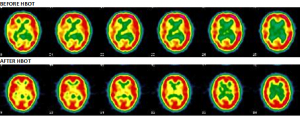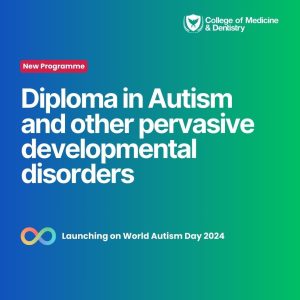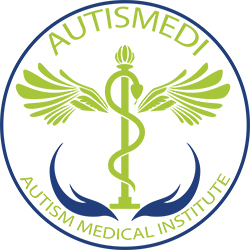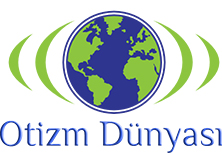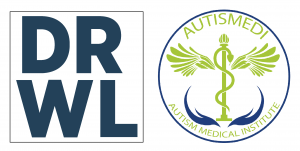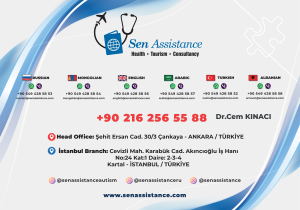European Underwater and Baromedical Society 2019 Annual Meeting
and The Hyperbaric Medicine & The Brain conference.
Benefical Effects Of Hyperbaric Oxygenation In Autism Spectrum Disorders
Necip Cem KINACI, MD
President of Autism Medical Institute, Izmir – Turkey
Oral Presentation at Session 6: Neuroplasticity and Cognitive functions ,
Abstract No. 114, on Tuesday,September 10th, between 14:00-16:00
European Underwater and Baromedical Society 2019 Annual Meeting
and The Hyperbaric Medicine & The Brain conference.
BENEFICIAL EFFECTS OF HYPERBARIC OXYGENATION IN AUTISM SPECTRUM DISORDERS.
Necip Cem KINACI MD
Autism Medical Institute
Turkey
Background: Impaired detoxification, depletion of antioxidants, oxidative stress, mineral deficiency, mitochondrial dysfunction, gastrointestinal dysfunction, chronic BBB dysfunction and immune system dysregulation are biochemical aftermath in Autism Spectrum Disorders (ASD). Many cases of ASD today are secondary to cases of gut-brain inflamation.
Methods: We performed a retrospective review in search of 127 children with ASD (99 males, 28 females) between the ages 3-12, who had done basal and control Brain Perfusion Tc99m HMPAO Single-Photon Emission Computed Tomography (SPECT) Scans, between the years 2004 – 2011. We also reviewed Magnetic Resonance Imaging (MRI) results of these children. They were all applied 50 sessions Hyperbaric Oxygenation Theraphy (HBOT) for each patient at 1.5 ATA for 60 minutes once a day. We compared the results of SPECT before and after HBOT.
Results/Discussion: Before HBOT, 125 of the patients were revealed focal areas of decreased perfusion in temporal, in 111 patients at frontal and in 77 patients at other areas of the brain. By contrast all patients had normal MRI findings. We determined that, after HBOT, 103 of 127 (81.10%) patient’s SPECT findings were improved. (Picture 1)
Perfusion changes were 76.80% (96 of 125) at temporal, 78.37% (87 of 111) at frontal and 72.72% (56 of 77) at the other areas and changes in total patients were 81.10% (103 of 127). (Table 1)
Conclusions: SPECT scanning can identify between recoverable brain cells (referred to as sleeping cells, idling neurons, or the ischemic penumbra). HBOT which now being used for children with ASD is to address the neuroinflammatory component of the disorder. There is emerging evidence of chronic blood-brain barrier dysfunction in these children. The use of high dosage oxygen is based on the latest research into its role in the control of inflammation. After HBOT, extensive perfusion improvements involving the brain were found in this study.

